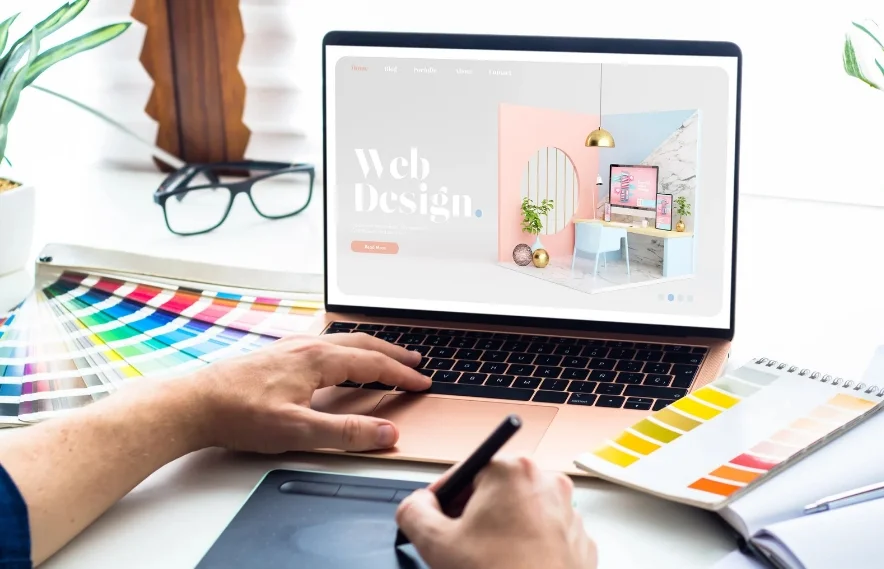Have you ever landed on a website so intuitive and user-friendly it felt like magic? Or perhaps the opposite, a webpage so confusing you left immediately? The reason behind these experiences lies in the powerful science of web design psychology.
By understanding how users think, behave, and respond to visual cues, web designers can craft experiences that not only look good but also drive conversions. In this blog post, we’ll delve into the fascinating world of web design psychology and explore how to leverage it to create websites that resonate with your audience and compel them to take action.
First Impressions Matter: The Power of Visual Hierarchy
Our brains are wired to process visual information quickly. Within milliseconds of landing on a webpage, users form an initial impression that significantly impacts their behavior. Understanding visual hierarchy, the arrangement of elements to guide the user’s eye, is crucial.
By strategically placing key elements like logos, calls to action (CTAs), and important content at the top and left of the page (following the F-shaped or Z-shaped reading patterns), you can subconsciously guide users toward the actions you want them to take.
Color Psychology: Evoking Emotions and Influencing Decisions
Colors have a profound psychological impact, influencing emotions, perceptions, and even purchasing decisions. Understanding color psychology allows you to choose color schemes that evoke the desired feelings and encourage specific actions.
For example, blue is often associated with trust and security, making it a great choice for financial institutions. Red, on the other hand, evokes excitement and urgency, perfect for CTAs that encourage impulsive purchases.
The Power of Storytelling: Building Trust and Connection
Humans are wired for stories. By incorporating storytelling elements into your web design, you can capture user attention, build trust, and create an emotional connection with your brand. Testimonials, case studies, and even compelling product descriptions can all be woven into a narrative that resonates with your target audience.
Scarcity & Urgency: Triggering Action with Limited Time Offers
The fear of missing out (FOMO) is a powerful motivator. By highlighting limited-time offers, showcasing limited product availability, or implementing countdown timers, you can create a sense of urgency that encourages users to take action before it’s too late.
Social Proof: Building Trust Through User Reviews and Testimonials
People are more likely to trust a product or service recommended by others. Incorporating user reviews, testimonials, and social media mentions into your web design builds social proof and fosters trust in your brand.
Conclusion: The User at the Center of Everything
Web design psychology is a vast and ever-evolving field. By understanding the core principles and implementing them strategically, you can create user experiences that not only look beautiful but also resonate with your audience on a deeper level. Remember, successful web design is all about putting the user at the center of the experience, guiding them towards desired actions, and ultimately, converting them into loyal customers.
Keep in mind: A/B testing different design elements is crucial to optimize your website for maximum impact. By constantly testing and refining your approach based on user behavior data, you can ensure your website is a powerful tool for achieving your business goals.
So, unleash the power of web design psychology and create a website that truly converts!

